Affordable Stem Cell Therapy for Alzheimer’s in India
Alzheimer’s disease is one of the most heartbreaking conditions a family can face. Watching a loved one slowly lose their memories, independence, and personality is devastating. For years, the standard of care has been limited to medications that manage symptoms but do little to stop the disease's progression. This has led many families to ask: Can stem cell therapy help with Alzheimer's disease in India?
India has emerged as a global leader in regenerative medicine, offering hope where traditional medicine often reaches a dead end. With world-class hospitals in cities like Mumbai, Bangalore, and Delhi, India provides access to advanced stem cell treatments for dementia and Alzheimer's at a fraction of the cost found in the West. These therapies focus on repairing the brain's neural networks rather than just masking the symptoms.
In this comprehensive guide, we will explore how this therapy works, the real costs involved, the best hospitals to consider, and the safety regulations you need to be aware of. We aim to provide you with the unbiased information you need to make an informed decision for your loved one's health.
What is the mechanism of stem cell therapy for Alzheimer's?
The science behind stem cell therapy for Alzheimer's is fascinating. In an Alzheimer's brain, neurons die off, and connections (synapses) between them break down, largely due to the accumulation of amyloid plaques and tau tangles. Stem cells act as a "repair crew." When introduced into the body, they can migrate to areas of damage in the brain.
Once there, they perform three critical functions. First, they have the potential to differentiate into new neural cells, theoretically replacing lost tissue. Second, and perhaps more importantly, they release "neurotrophic factors"—proteins that support the survival and growth of existing neurons. Third, they have powerful anti-inflammatory properties, helping to calm the chronic inflammation that accelerates cell death in Alzheimer's patients.
What is the cost of stem cell therapy for Alzheimer's in India?
Affordability is a major reason why international patients travel to India. The cost of stem cell therapy in India is significantly lower than in the US or Europe, without compromising on medical quality. The price variation depends on factors such as the type of stem cells used (autologous vs. allogeneic), the number of doses required, and the length of the hospital stay.
Many top Indian institutes bundle the stem cell treatment with intensive physiotherapy, occupational therapy, and cognitive rehabilitation, providing a holistic package that maximizes the chances of improvement.
Cost Comparison: India vs. USA vs. UK
To help you understand the financial landscape, here is a detailed comparison of the estimated costs for stem cell treatment for Alzheimer's across different regions.
| Country | Average Cost (USD) | Inclusions |
|---|---|---|
| India | $4,500 - $9,000 | Treatment, Hospital Stay, Rehabilitation, Specialist Consults |
| United States | $25,000 - $50,000 | Procedure only (often classified as clinical trial participation fees) |
| United Kingdom | $20,000 - $40,000 | Procedure only |
| Mexico | $8,000 - $15,000 | Treatment and basic follow-up |
This stark difference allows families to access cutting-edge care that might otherwise be financially out of reach in their home countries.
What is the success rate of stem cell therapy for Alzheimer's in India?
It is crucial to manage expectations. Stem cell therapy is not a magic wand that will instantly reverse years of neurodegeneration. However, clinical data from leading Indian hospitals indicates that a significant majority of patients experience a "halting" of the disease's progression.
Families often report improvements in quality-of-life metrics rather than just memory scores. These include better sleep cycles, reduced agitation or aggression, improved swallowing ability, and increased responsiveness to family members. Success is measured by these functional gains that make daily caregiving easier and the patient's life more comfortable.
Is stem cell therapy for Alzheimer's legal in India?
The regulatory landscape in India is strict to ensure patient safety. The ICMR (Indian Council of Medical Research) and CDSCO regulate stem cell usage. While stem cells are not yet a standard, FDA-approved "drug" for Alzheimer's, they are legally administered under clinical research and hospital exemption rules for incurable diseases.
Reputable clinics operate with Institutional Ethics Committee (IEC) approval. Always verify that the hospital you choose is transparent about their regulatory status and follows the national guidelines for stem cell research and therapy.
What types of stem cells are used for treatment?
Doctors in India typically use Mesenchymal Stem Cells (MSCs) because of their high safety profile and ability to modulate the immune system. Autologous cells are harvested from the patient's own bone marrow (usually the hip bone), minimizing the risk of rejection.
Alternatively, Allogeneic cells derived from healthy, donated umbilical cord tissue (Wharton's Jelly) are gaining popularity. These cells are "younger," more potent, and do not require an invasive extraction procedure from the patient, which is often easier for frail, elderly Alzheimer's patients.
How is the procedure performed?
The delivery method is key to effectiveness. Simply injecting cells into a vein (IV) often results in them getting trapped in the lungs (the "pulmonary first-pass effect"). To treat Alzheimer's, Indian specialists prefer the intrathecal route. This involves a lumbar puncture (spinal tap) where cells are injected into the cerebrospinal fluid.
This fluid naturally circulates around the brain, acting as a highway to deliver the stem cells directly to the central nervous system where the damage exists. [Image of intrathecal injection diagram] The procedure typically takes about 30-45 minutes and is performed under local anesthesia.
Is the treatment painful for the patient?
Pain management is a priority, especially for elderly patients who may be confused or anxious. The bone marrow aspiration (if doing autologous treatment) is done under local anesthesia and sometimes mild sedation to ensure comfort. The lumbar puncture is similar to an epidural given during childbirth.
Most patients describe the sensation as pressure rather than acute pain. Post-procedure, there may be some soreness at the injection site for a day or two, which is easily managed with standard painkillers.
What are the potential side effects and risks?
Safety data from thousands of cases in India shows that stem cell therapy is largely safe. Because MSCs are "immune-privileged," rejection is extremely rare even with donor cells. The most common side effect is a "spinal headache" caused by the lumbar puncture, which resolves with fluids and rest.
Infection is a theoretical risk with any injection, but strict sterile protocols in accredited Indian hospitals keep this risk negligible. Unlike embryonic stem cells, the adult stem cells used in these treatments do not carry a risk of forming tumors (teratomas).
How important is rehabilitation after stem cell therapy?
Stem cells provide the biological hardware, but rehabilitation provides the software. Leading Indian institutes emphasize that neuro-rehabilitation is 50% of the treatment. Patients undergo intensive sessions of cognitive therapy, physiotherapy, and occupational therapy during their hospital stay.
This stimulation encourages "neuroplasticity"—the brain's ability to rewire itself. Families are also taught exercises to continue at home, which is essential for sustaining long-term benefits.
Who is an ideal candidate for this treatment?
Timing matters. Stem cell therapy is most effective when administered early. In the early to moderate stages of Alzheimer's, the brain still has significant structure remaining that can be saved. Patients in late or severe stages can still be treated to improve quality of life (e.g., easier nursing care, better sleep), but drastic cognitive recovery is less likely.
Doctors will evaluate candidates based on medical history, MRI/PET scans, and overall physical health to ensure they can tolerate the travel and procedure.
What is the recovery time?
Patients are usually discharged from the hospital within 3 to 7 days, depending on the rehabilitation package chosen. They can fly back home shortly after. However, the internal healing process takes time. The stem cells remain active in the body for weeks, continuing to release growth factors.
Families should not expect overnight miracles. Small changes—like a patient remembering a name or feeding themselves—often start appearing after the first month and continue to accrue over the following months.
Why choose India over other countries for this treatment?
Medical tourism in India is robust for a reason. Unlike some countries where language is a barrier, Indian doctors and staff speak fluent English, making communication easy for international patients. Furthermore, Indian hospitals are high-volume centers; specialists there have often treated hundreds more cases than their Western counterparts, giving them unparalleled clinical experience.
The "Atithi Devo Bhava" (The Guest is God) culture ensures that international patients receive compassionate, personalized care that can feel lacking in busier Western systems.
Can I bring a caregiver with me?
For an Alzheimer's patient, traveling alone is often impossible. Indian hospitals recognize this and design their medical tourism packages to include the caregiver. Hospital suites often feature an extra bed or couch for a family member. Being present allows the caregiver to learn the rehabilitation exercises and provide emotional support, which is crucial for the patient's stability in a new environment.

.png)

.png)

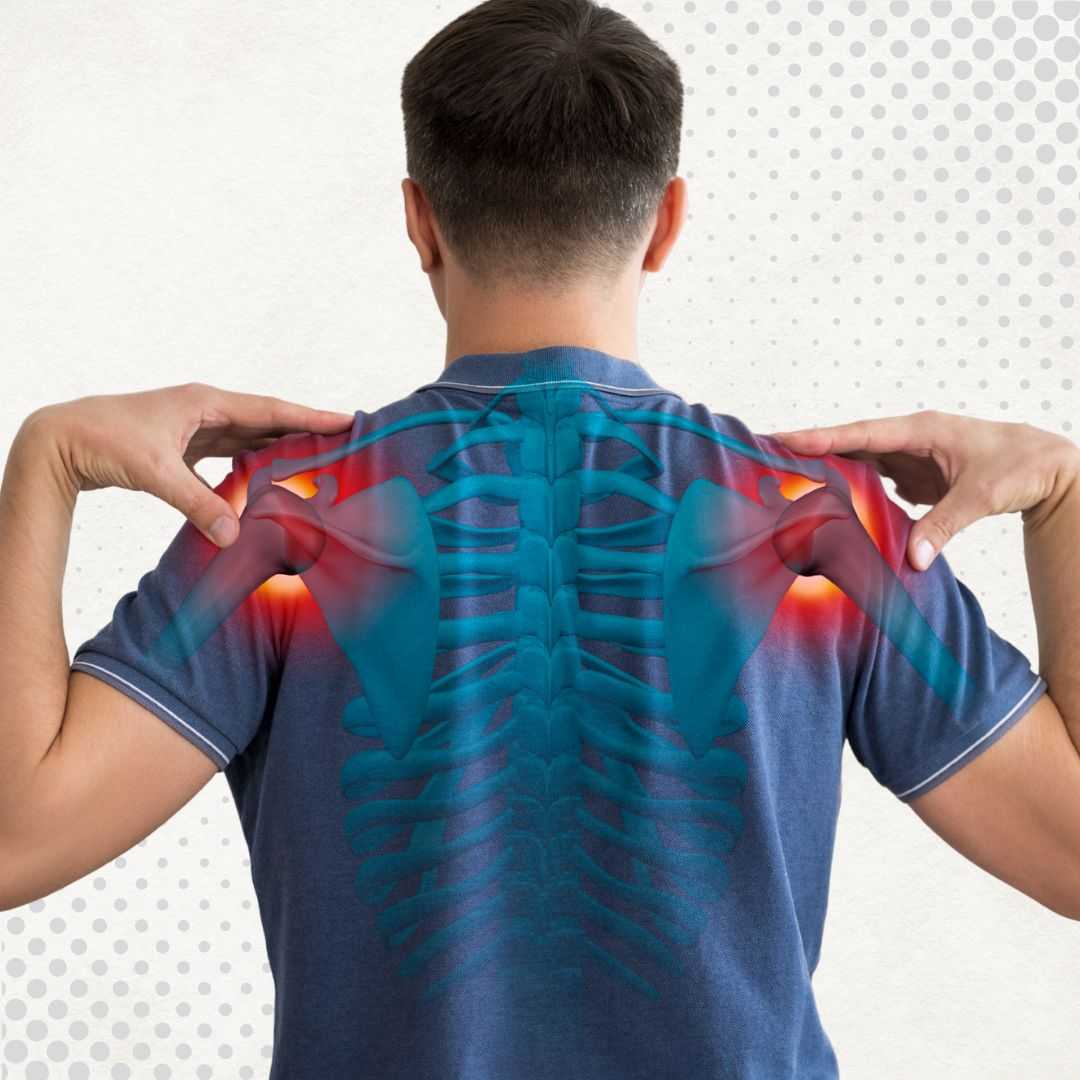



.jpg)


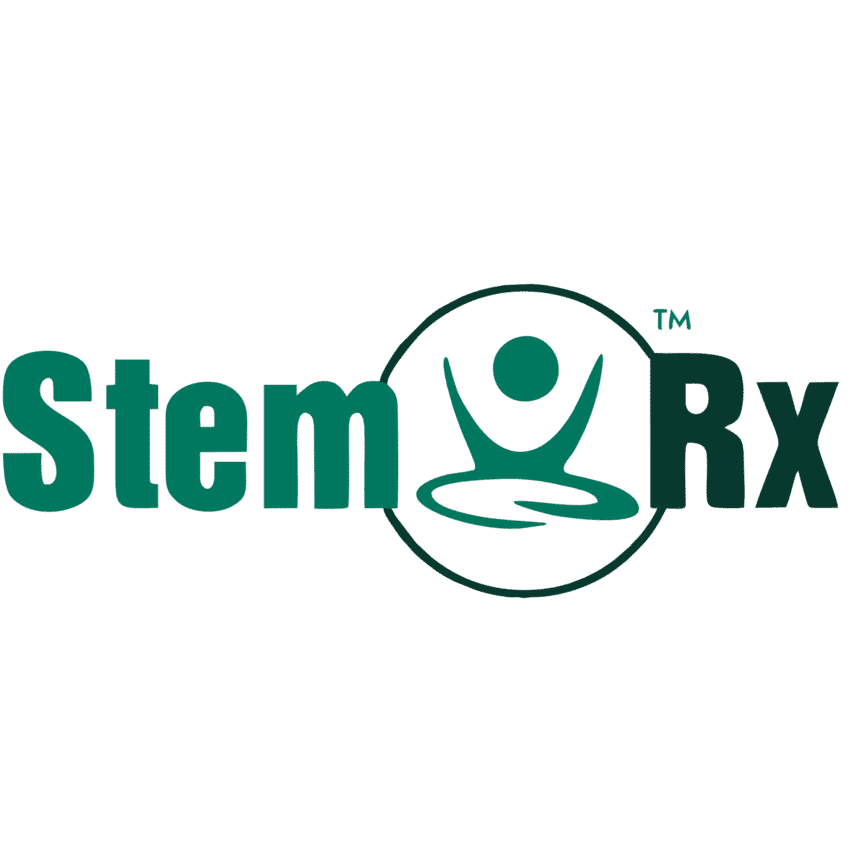

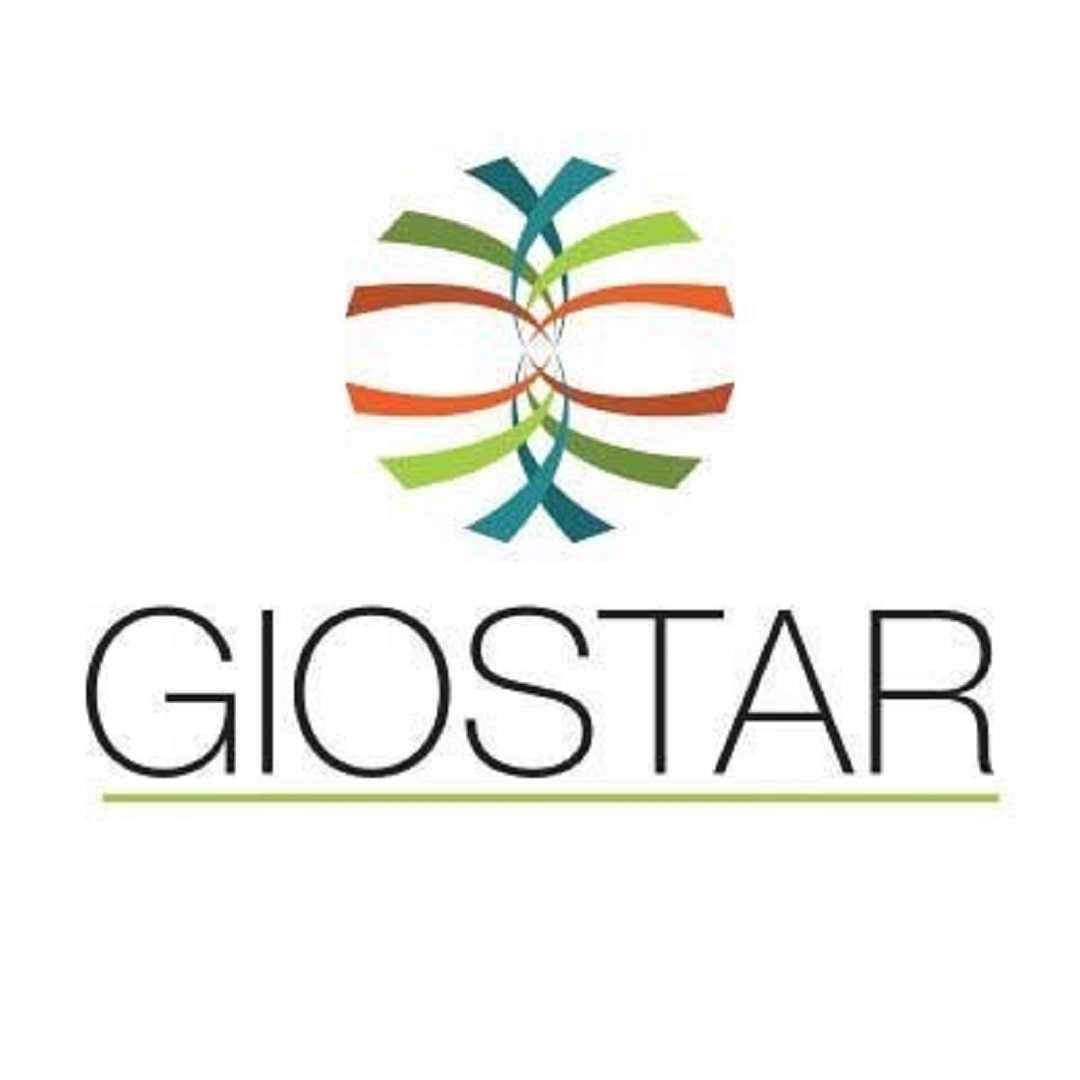
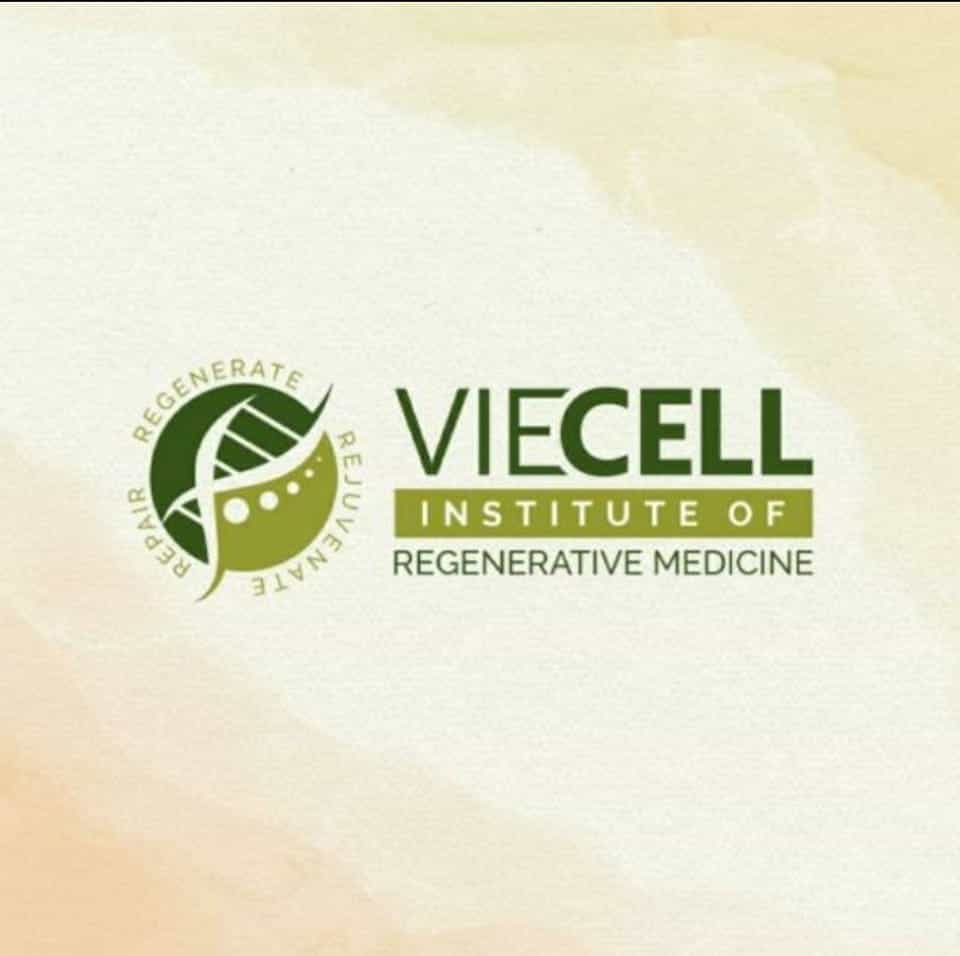
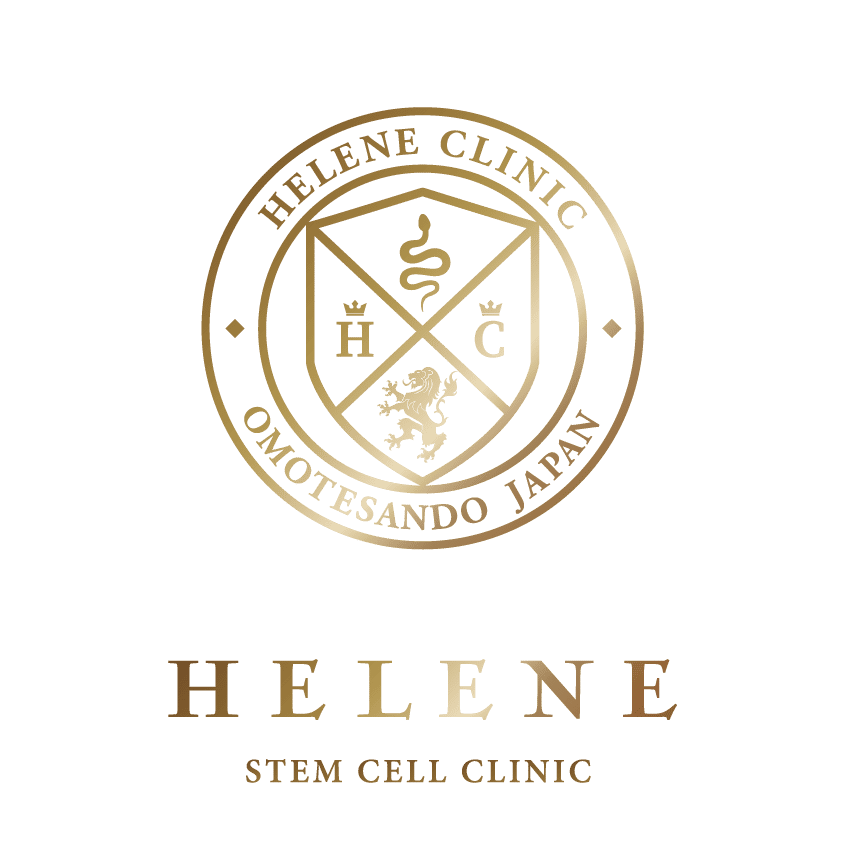

Share this listing